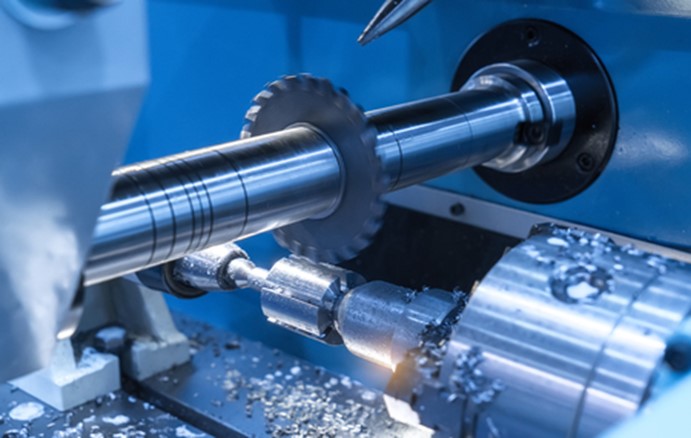Time to read: 6 min
Low Volume CNC Machining is a tactical manufacturing approach for producing a relatively small quantity of items, generally from 10 to 10,000 pieces, though definitions vary among manufacturers. Some consider 100 to 1,000 units as low volume, while others might extend it to several thousand. Similar to mass production, it aims for cost-effective part manufacturing, yet with more controlled production scales. This offers enhanced flexibility, swift turnaround, and reduced investment.
- Cost-Effective for Short Runs: While large-scale production lowers unit cost, its setup demands hefty investment. For small batches, a few CNCs suffice, making it a pocket-friendly option for new enterprises.
- High Precision in Custom Parts: With fewer parts to make, each gets meticulous attention, guaranteeing they meet exact specs. CNC systems ensure replicated designs with pinpoint accuracy.
- Reduced Time to Market: Manufacturers can quickly produce and test small batches, make tweaks, and swiftly penetrate the market.
- Manufacturing and Design Flexibility: Tweaking designs between runs is easier and cheaper. It also allows optimizing the manufacturing flow.
- Reduced Inventory Risk: Low volume follows an on-demand approach, aligning production with actual demand. This cuts inventory and financial risks.
- Prototyping and Testing: Essential for new product development. For instance, medical researchers might test surgical instruments in small batches.
- Custom Parts for Specialized Sectors: OEMs often need customized products. An automotive maker could order custom intake manifolds.
- For Startups and Small Businesses: Ideal for niche-targeting small firms to gauge market demand with limited production.
- Supply Chain Resilience: Helps companies better handle disruptions with lower costs.
- Scalability for CNC Shops: Successful short runs can be scaled up quickly, with reduced tooling costs.
- Optimize Design for Manufacturability (DFM): Stick to standard dimensions and geometries. Avoid complex features to simplify machining.
- Use Standard Tools and Fixtures: Opt for readily available, cheaper standard tools that save setup time.
- Select Cost-Effective Materials: Consider cost and machinability. Softer materials are often easier and cheaper to machine.
- Limit Secondary Operations: Minimize steps like polishing unless necessary.
- Leverage Multi-Part Machining: Machine multiple components from one setup to cut changeover times.
- Batch Similar Parts: Producing similar parts optimizes costs.
- Avoid Tight Tolerance: As it hikes manufacturing costs.
- Production Scale: Low volume targets small batches, say 10 to 1,000 or 10,000, while mass production churns out tens of thousands or millions.
- Tooling and Setup: Mass production needs costly tooling and more inventory space. Low volume can start small with minimal tooling.
- Lead Time: Low volume shortens it to a few days or weeks. Mass production often takes weeks or months.
- Cost Per Part: Mass production has a high initial cost but lower per-part cost as volume rises. Low volume has a relatively higher per-part cost.
- Customization Flexibility: Low volume allows easy customization, unlike mass production.

- Low Volume Injection Molding: Creates plastic or metal parts by injecting molten material into a mold, suitable for small batches of enclosures, etc.
- Low Volume 3D Printing: Builds parts layer by layer, great for prototypes and complex geometries.
- Quality: Assess via testimonials, case studies, and checking precision claims. Request samples.
- Lead Time: Get provider's lead time and compare with your project schedule.
- Pricing: Ask for cost estimates for different batch sizes and compare quotes.
- Certifications and Industry Standards: Ensure provider follows relevant ones.
Searching for a CNC machining service? Whether it's low volume or otherwise, unofactory has you covered. We boast a vast array of over 23 CNC machines (including 5-axis), plus 3D printers, molding, laser cutters, and wire EDM machines to meet diverse product needs. With numerous materials and surface finishes to choose from, just send your requirements and get an instant quote. Let's bring your ideas to life!




